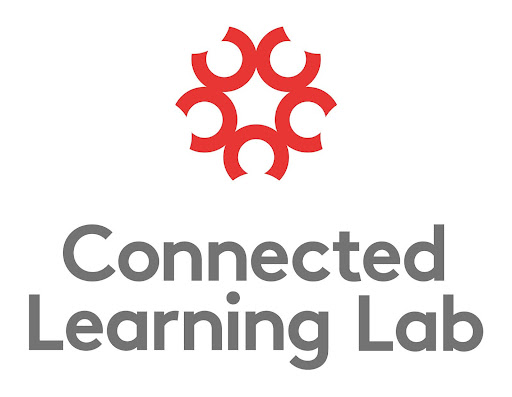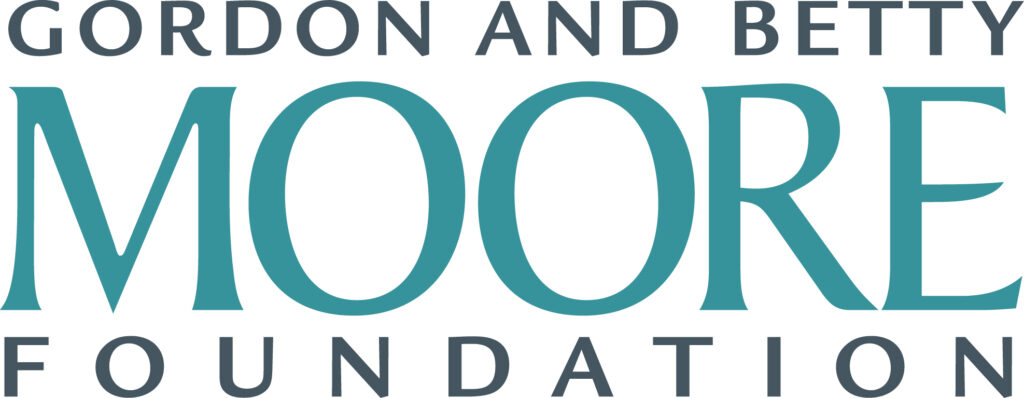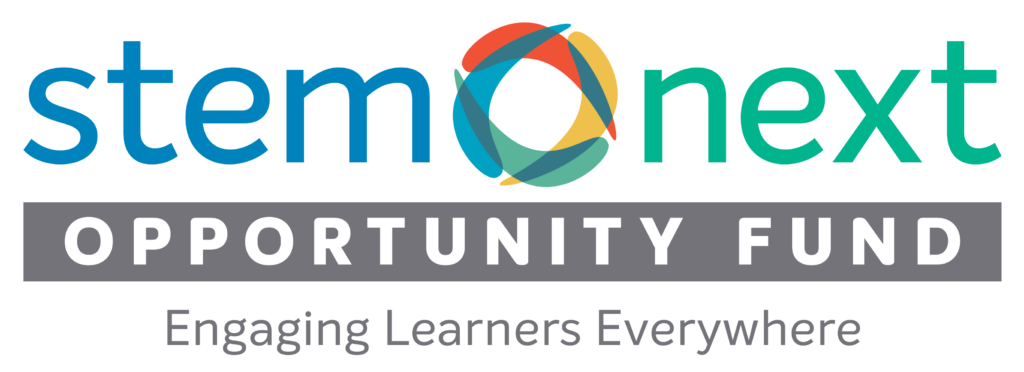Making Connections to Support STEM Transitions

Strategy 1
Leveraging a wraparound model to address holistic needs to support STEM learning and development
Making Connections, aims to understand and support transitions and handoffs that remove barriers and connect youth to STEM learning opportunities.
Understanding how to make connections across settings in systematic ways can support the study of, replication, and scaling of strategies for making connections across settings in out-of-school STEM learning.
Strategy 1: Leveraging a wraparound model to address holistic needs to support STEM learning and development
Strategy 1 for coordinating across settings is a wraparound model (i.e., cradle through career) that aims to bring cross-sector organizations together (e.g., Habitat for Humanity, WIC, career services, etc.) to address holistic needs of communities.
Why would you use this strategy?
Supporting transitions to STEM careers requires meeting youth and families where they are and offering assistance from childhood through adulthood.
Gain insights to look at the whole picture in serving young people and their families.
Who would use this strategy?
Networks and programs that support low-income populations with few STEM opportunities (e.g., “STEM deserts”).
This strategy takes into account the holistic needs of youth, families, and communities while making connections to STEM opportunities, rather than focusing on isolated STEM experiences.
“What (our director) had in mind was to purchase the school and to bring in community partners and offer an office space so people could use this as a one-stop-shop and they wouldn’t have to do the runaround for resources.”
-Justin, Pocono Services for Families and Children
Target Outcomes
- Youth and families are supported throughout stages of life and across various areas of need; all systems are coordinated and working together for youth and families.
- Youth find possibilities for fulfilling STEM careers that they enjoy and that align with their interests.
- Surfacing opportunities for summer employment and for youth to give back to their communities.
Important Considerations
- It takes considerable time and effort to build and keep community trust.
- Finding a co-location for organizations may not be possible, or finding space to sufficiently support co-location might be challenging.
- People in leadership roles may have varying depth and length of commitment to communities where they work.
- With a wraparound approach, outcomes are differentiated by specific developmental and age-appropriate goals (e.g., kindergarten readiness outcomes for pre-school population, college essay writing for high schoolers), and the entire lifespan of learning and development is taken into account when designing systems.
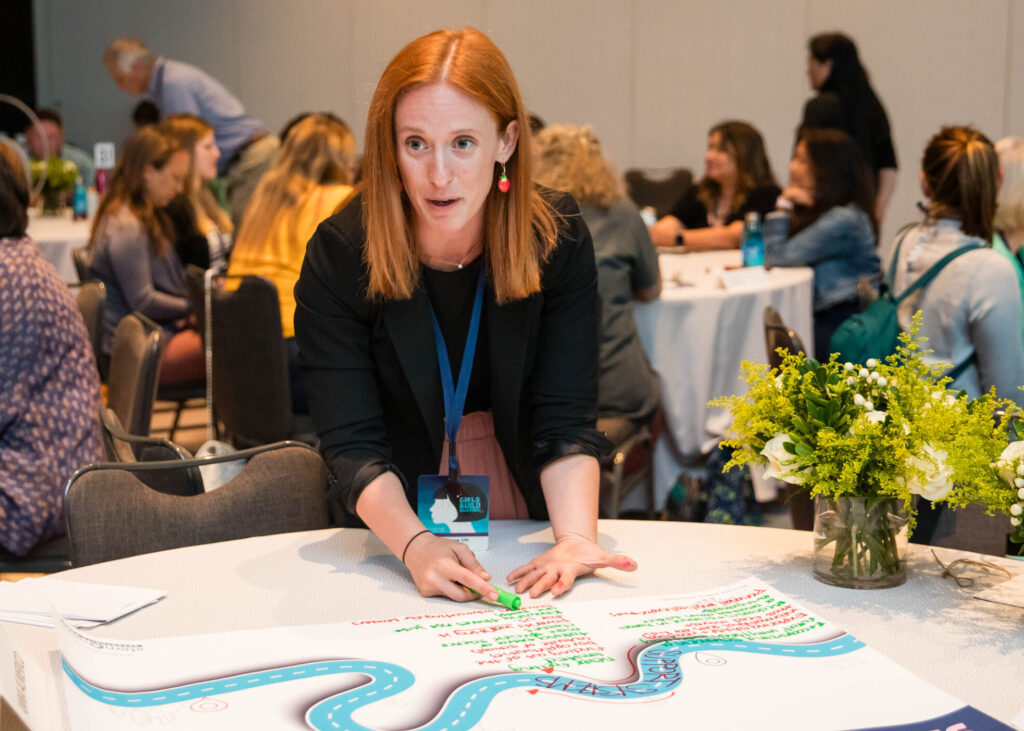
Design Considerations at the Network Level
- Help coordinate across organizations to make connections between program leaders who might be interested in working together in mutually beneficial ways.
- Support organizations by applying for funding and grants that could financially support their work.
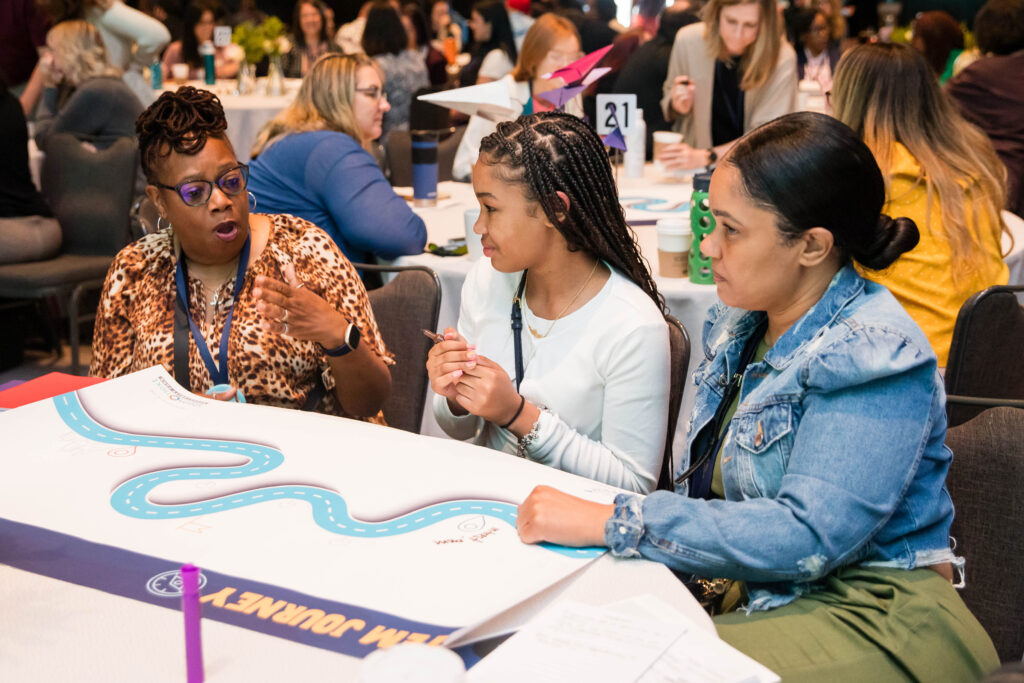
Design Considerations at the Program Level
- Multigenerational trust-building is an ongoing process that program leaders must nurture.
- Provide space for other organizations to maintain individual identities, while offering incentives for physical co-location (e.g., lower cost rent, better access to individuals the organizations serve). *
- All organization members need to be committed to creating a "safe haven" for youth and families (e.g., coaches, teachers, front office staff).
*Note: Co-location might not always be necessary to support a wraparound approach.
Case Study: Coordinating Across Settings: Creating “A One Stop Shop” to Cultivate Community Networks at Pocono Services for Families and Children in PSAYDN
Pocono Services for Families and Children, a “Cradle through Career” Coordinating Center
Effective coordination across settings enables young people to locate opportunities offered by different yet connected programs within their communities (Ito et al., 2020). These coordination efforts require time, energy, and brokering relationships on the organizational level to support effective coordination across different entities.
For Pocono Services for Families and Children (PSFC), a program affiliated with Pennsylvania Statewide Afterschool Youth Development Network (PSAYDN), works to support youth and families to access resources they need to “succeed and thrive” and improve their quality of life through a wraparound approach (PSFC, 2020). This case study shows PSFC as “a single resource for family assistance that connects people they serve with multiple services and helps reduce the hassles associated with them” (PSFC, 2020).
In pursuit of this aim, PSFC opened The Mountain Center, which physically unites several nonprofit and social services under one roof.
Connections between and across STEM learning settings and experiences can promise to foster meaningful, lifelong STEM learning for youth, yet the detailed and concrete mechanisms for how this learning is connected remains unclear. Little is known about how STEM learning is connected in systematic and sustainable ways.
Making Connections, aims to understand and support transitions and handoffs that remove barriers for youth by connecting STEM learning across ages and settings, ensuring youth interest and motivation persists.
These products are based on research conducted through a collaboration between the Connected Learning Lab at University of California Irvine and STEM Next and their regional partners. It was made possible thanks to the generous support of The Gordon and Betty Moore Foundation and Samueli Foundation.
Strategy one is is one of eight still-evolving strategies, for coordinating and brokering connections across settings in STEM ecosystems. These are intended to serve as tools for making connections across settings to support STEM transitions and unlock academic, workforce-related, and civic opportunities for all youth, especially underrepresented groups like girls, youth of color, and youth from low-income families.
